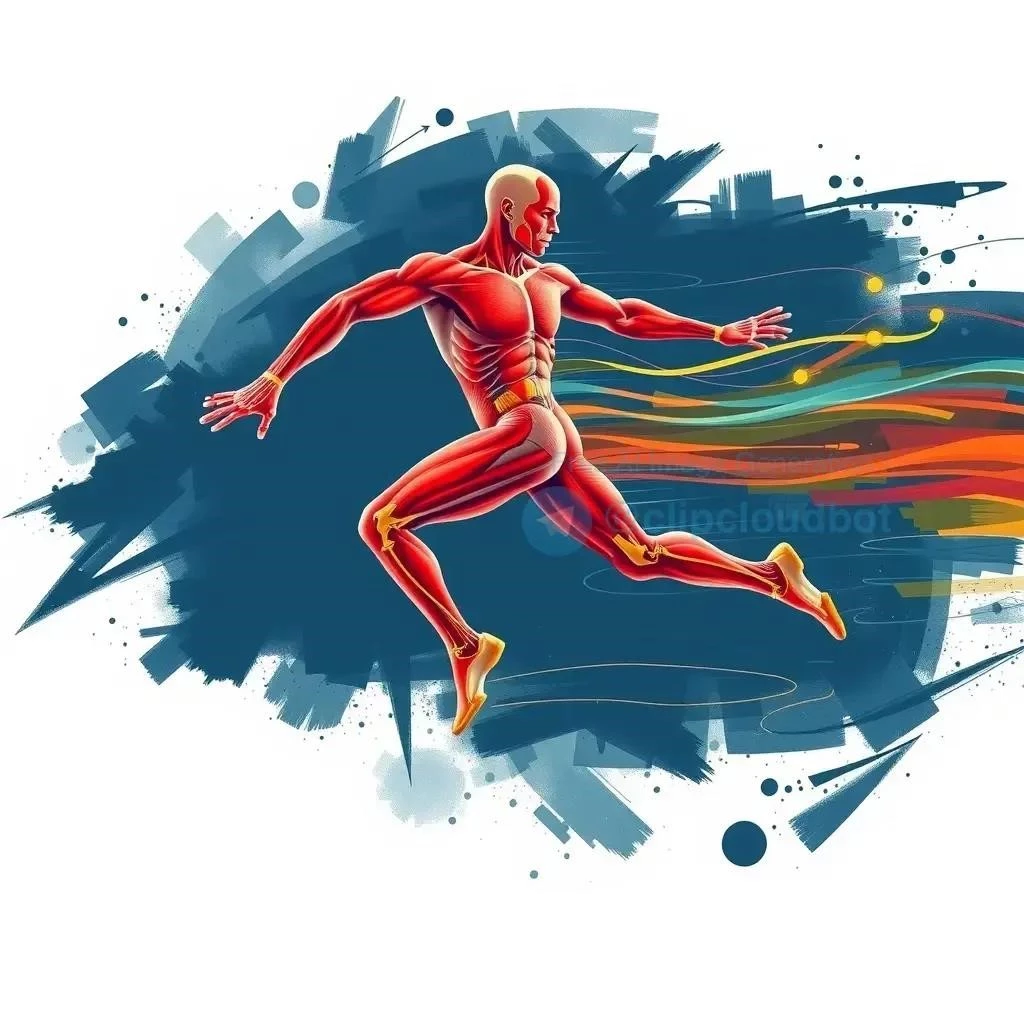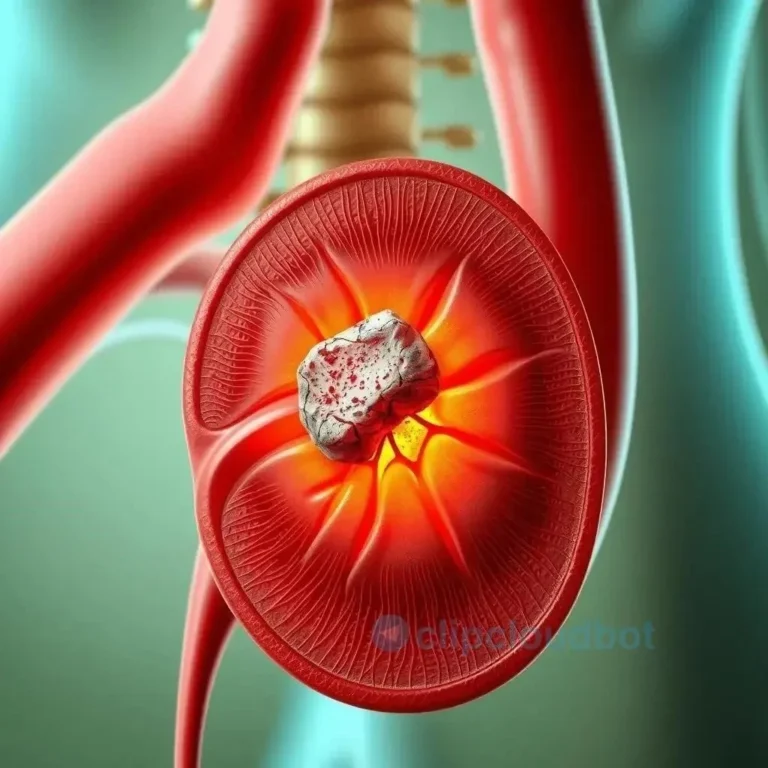Understanding Biomechanics in Sports
Biomechanics investigates the forces acting upon and generated within the human body during movement. Analyzing these forces, torques, and motions is crucial to understanding athletic performance and injury mechanisms in sports.
Data Collection and Analysis for Movement Optimization
Optimizing athletic movement requires precise data collection and analysis. Various technologies enable us to capture detailed biomechanical information, providing valuable insights into an athlete’s performance and injury risk.
Motion Capture Systems: These systems utilize multiple cameras and markers placed on the athlete’s body to track movement in three dimensions. This allows for precise measurement of joint angles, velocities, and accelerations, revealing subtle nuances in technique that may contribute to injury or limit performance.
Force Platforms: Embedded in the ground or within specialized equipment, force platforms measure ground reaction forces. These forces represent the interaction between the athlete and the surface, offering insights into balance, power output, and impact absorption during activities like running and jumping.
Electromyography (EMG): EMG sensors measure the electrical activity of muscles, providing information about muscle activation patterns and timing. This data is crucial for understanding how muscles contribute to movement and identifying potential imbalances that may increase injury risk.
Inertial Measurement Units (IMUs): Small and wearable, IMUs contain accelerometers and gyroscopes to measure acceleration and rotation. These devices provide a portable and cost-effective way to monitor movement in real-world training environments, offering valuable data on workload and movement patterns.
Data Analysis and Interpretation: Collected data is then processed and analyzed using specialized software. This allows biomechanists to quantify key performance indicators, identify deviations from optimal movement patterns, and develop individualized training programs aimed at improving technique and reducing injury risk.
The integration of these data collection and analysis techniques provides a comprehensive understanding of an athlete’s biomechanics, paving the way for targeted interventions to optimize performance and promote long-term athletic health.
Injury Prevention Strategies Based on Biomechanical Data
Biomechanical data plays a crucial role in developing targeted injury prevention strategies. By identifying movement patterns and biomechanical deficiencies that increase injury risk, practitioners can implement corrective exercises and training modifications to mitigate these risks.
Movement Screening and Assessment: Biomechanical assessments, including movement screens and functional tests, can reveal underlying imbalances, weaknesses, and movement limitations that predispose athletes to specific injuries. This information informs the development of personalized injury prevention programs.
Corrective Exercise Interventions: Based on biomechanical data, corrective exercises can address specific movement deficiencies. These exercises focus on improving muscle strength, flexibility, and joint mobility, promoting optimal movement patterns and reducing strain on vulnerable tissues.
Technique Modification: Biomechanical analysis can pinpoint flaws in an athlete’s technique that contribute to injury risk; By providing feedback and implementing technique modifications, coaches and clinicians can help athletes adopt safer and more efficient movement strategies.
Load Management: Biomechanical data, such as ground reaction forces and joint loading, can be used to monitor training load and prevent overuse injuries. By understanding the biomechanical demands of different activities, practitioners can adjust training volume and intensity to optimize performance while minimizing injury risk.
Equipment and Footwear Selection: Biomechanical analysis can inform the selection of appropriate equipment and footwear. For example, analyzing foot strike patterns can help determine the most suitable running shoe for an individual, reducing the risk of lower extremity injuries.
Return-to-Sport Protocols: Biomechanical data can guide the development of individualized return-to-sport protocols following injury. By monitoring an athlete’s biomechanics during rehabilitation, clinicians can ensure a safe and effective return to competition.
Enhancing Athletic Performance through Biomechanical Analysis
Biomechanical analysis provides valuable insights that can be leveraged to enhance athletic performance. By understanding the biomechanical factors that contribute to optimal movement, athletes and coaches can make targeted improvements in technique, power output, and efficiency.
Technique Optimization: Biomechanical data allows for detailed analysis of an athlete’s technique, identifying areas for improvement. By addressing biomechanical inefficiencies, such as excessive joint loading or improper sequencing of movements, athletes can refine their technique for enhanced performance;
Power Development: Biomechanical analysis can identify the key factors contributing to power generation in specific movements. By focusing on optimizing joint angles, muscle activation patterns, and force application, athletes can maximize their power output and improve performance in explosive activities like sprinting and jumping.
Efficiency Enhancement: Biomechanical analysis can reveal areas where energy is being wasted during movement. By improving movement efficiency, athletes can conserve energy and sustain performance over longer durations, particularly important in endurance-based sports.
Individualized Training Programs: Biomechanical data allows for the development of personalized training programs tailored to an athlete’s specific needs and goals. By addressing individual biomechanical strengths and weaknesses, these programs can optimize training effectiveness and maximize performance gains.
Skill Acquisition and Refinement: Biomechanical analysis can provide valuable feedback during the learning and refinement of new skills. By understanding the biomechanical demands of a skill, athletes can acquire and refine their technique more effectively.
Performance Monitoring and Feedback: Regular biomechanical analysis can track an athlete’s progress over time, providing objective feedback on the effectiveness of training interventions. This ongoing monitoring allows for adjustments to training programs and ensures continued performance improvement.






